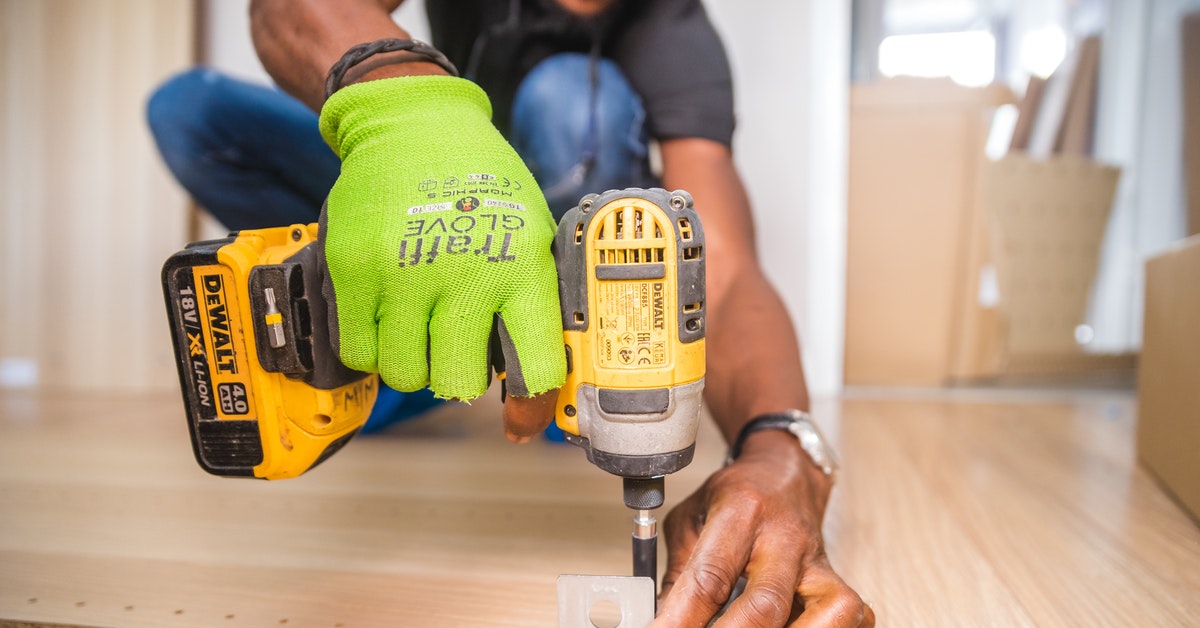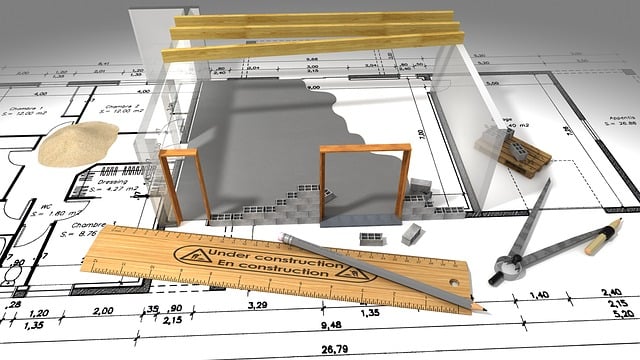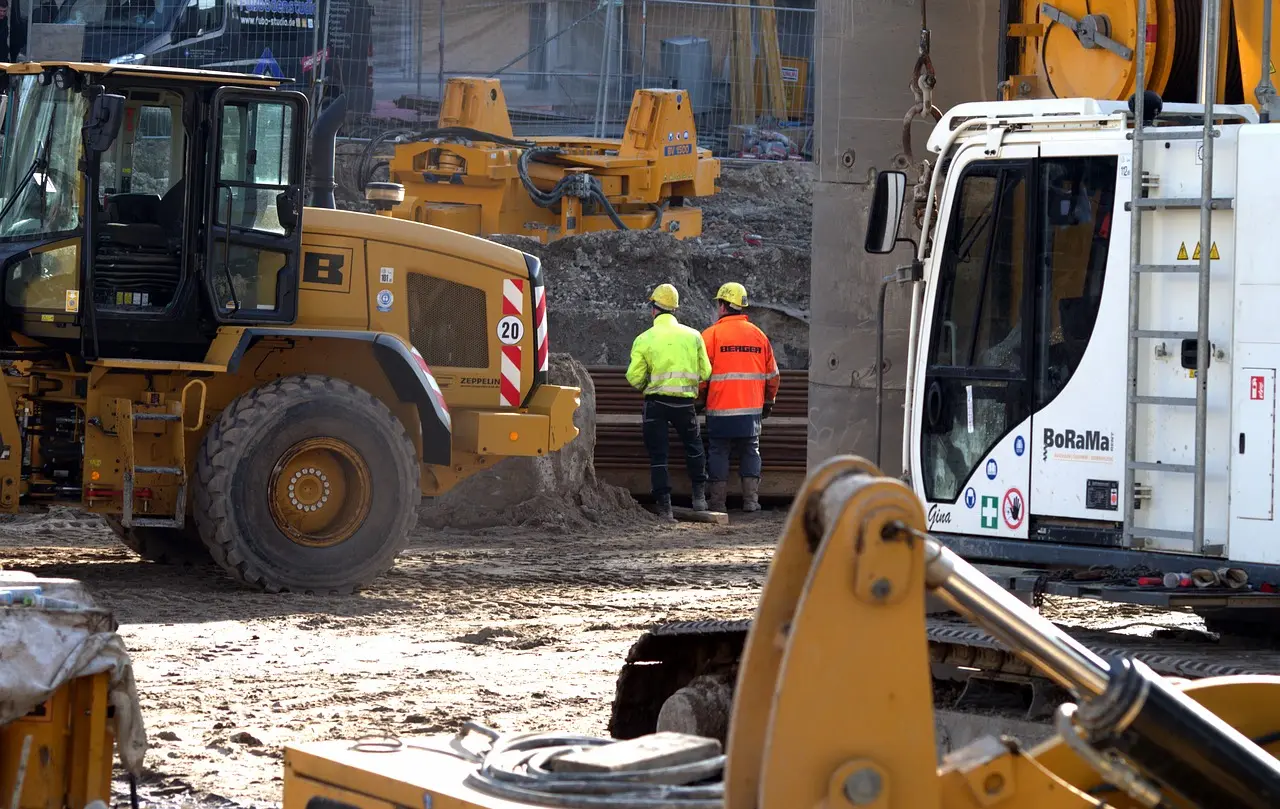As construction projects become more expensive, complex and demanding, quality control takes the front seat. The industry is fraught with risks, which makes it all the more important to keep an eye on projects through all the stages of progress. Inspection checklists emerge as one of the most significant quality control tools when it comes to ensuring efficiency, productivity and health and safety on-site.
A construction inspection checklist works as a road map for any project because it shows the parameters to be assessed for a comprehensive assessment of productivity and quick identification of issues. It can make all the difference to the quality of delivery as well as ensure timely resolution of issues so that managers can save time and money. Let us explain the reasons why every construction business should use inspection checklists.
Reason #1: Establish consensus between stakeholders
As inspection checklists include the critical quality concerns from different stakeholders, they make things clear for the project managers. Further, they help in establishing standardised quality control practice among all parties to ensure that everything is done right so that the project has better chances of success. Building consensus on the key checkpoints and using them throughout your project enables managers to invest efforts at the right places and eliminate errors from the project. For example, large projects involve scores of contractors and perhaps an even larger number of sub-contractors who need to be on the same page, and inspection checklists can make this possible.
Reason #2: Monitor performance through the project
Typically, construction projects span over the years and involve multiple teams and processes. It is often challenging to keep track of the entire processes through their progress to completion. With checklist data, it becomes easier for managers to monitor the performance of each team and subcontractor and identify the ones that deliver the best ROI. Similarly, subcontractors can utilise the data on inspection reports to track the performance of their work crew and take requisite actions before performance gaps impact future work opportunities.
Reason #3: Identify areas of improvement
Another benefit of inspection checklists is that they provide the stakeholders with a common form to inspect the work. QC personnel have access to the same checklists that are used by the ground-level people like contractors and works crews. The only difference is that QC people use the checklist to reassess the second-time quality items and eventually verify whether these items have been fixed. A second-time quality check is vital because it offers valuable insights into the frequency of problems and helps in the identification of the responsible contractors. This information can be used for targeting specific problems and making actionable changes for improvement.
Reason #4: Serve as reminders
Complex projects involve multiple processes with minute details to look after. There are specifications that the managers need to follow and timelines they have to manage. Considering the size and complexities, it can be easy for contactors to skip details or even miss out on some important actions and items as they get through their phases of work. Inspection checklists can be of great help as they serve as reminders for contractors. They can close out the tasks completed by verifying each checkpoint. A periodic reassessment of the checklist gives them a fair idea about what is yet to be done, so there is hardly a chance of anything being missed.
Reason #5: Record of compliance
Apart from providing awareness checkpoints, inspection checklists provide records of compliance to the requisite quality control policies and procedures. Ideally, managers should sign-off a checklist only when the work complies with the relevant specifications and guidelines. Other stakeholders inspecting the completed work should also use a similar approach. Once completed, these checklists serve a permanent record of compliance, indicating that the work conforms to specifications and the critical details have been followed.
Considering everything that construction inspection checklists can do for making projects streamlined and successful, they become essential for all construction businesses. In fact, you can go the extra mile by digitising inspections with custom checklists with Zepth, the innovative construction management platform. You can explore https://www.zepth.com/inspection to know more about the Zepth Inspections module, which enables digitisation and standardisation of inspections.




